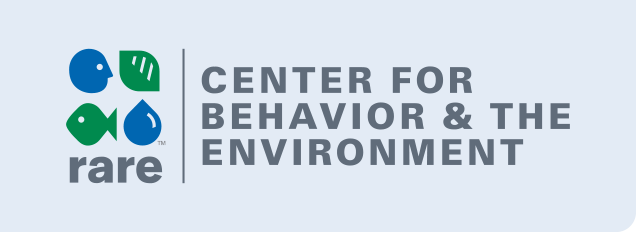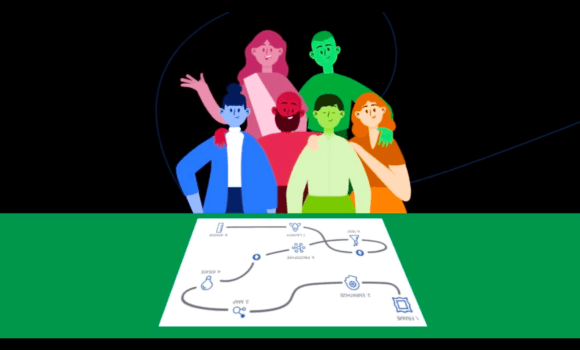Behavior-Centered Design
Behavior-Centered Design (BCD) is an approach that blends insights from behavioral science and approaches from design thinking to build breakthrough solutions to environmental challenges. Explore the steps of a BCD journey below.
-
Start
Your
Journey -
Frame
What?
Identify the actors and behaviors for your environmental challenge.
Why?
To focus your efforts on behaviors and audiences that will have a meaningful impact on your environmental goal(s).
Learn more about the Frame step -
Empathize
What?
Collect data about the target audience and target behavior.
Why?
Successful solutions depend on your ability to understand the motivations, barriers, and context for people's behavior.
Learn more about the Empathize step -
Map
What?
Draw causal links between your data observations and behavioral insights.
Why?
Analyzing your data with a behavioral lens will lead to more effective solutions.
Learn more about the Map step -
Ideate
What?
Brainstorm, combine, and prioritize intervention ideas.
Why?
Expanding the realm of possible ideas will help you think more creatively.
Learn more about the Ideate step -
Prototype
What?
Develop a prototype (small-scale version) that captures your solution's essential features.
Why?
Prototypes help you make your idea tangible without investing considerable resources.
Learn more about the Prototype step -
Test
What?
Test your prototype and gain feedback on your solution.
Why?
It's important to validate or invalidate your hypotheses about what motivates behavior and gain feedback to improve your solution.
Learn more about the Test step -
Launch
What?
Plan and launch your solution at scale.
Why?
See how your solution performs in the real world.
Learn more about the Launch step -
Assess
What?
Measure the impact of your solution and monitor change over time.
Why?
Observe if behavior change is happening and to what degree.
Learn more about the Assess step

